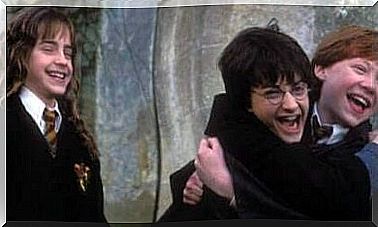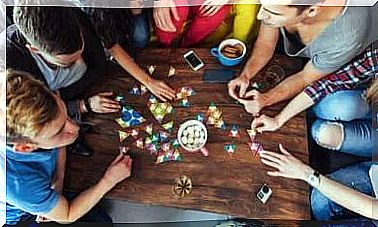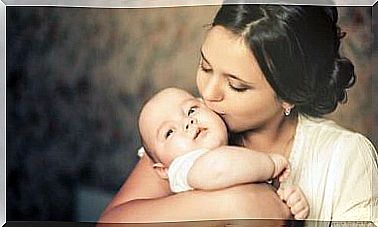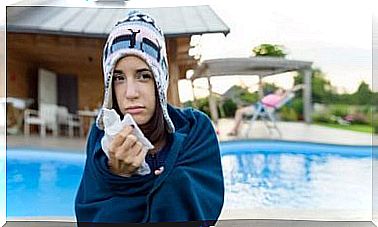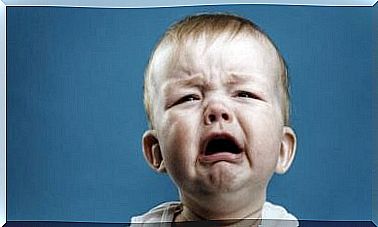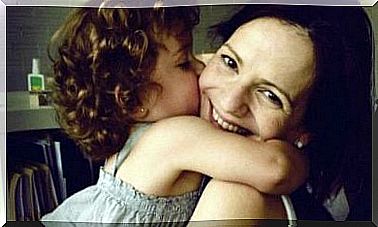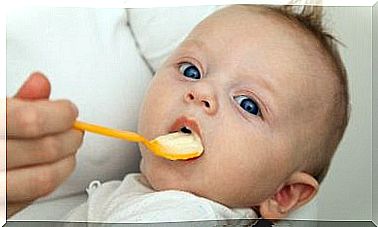Blisters In Children: How To Treat Them
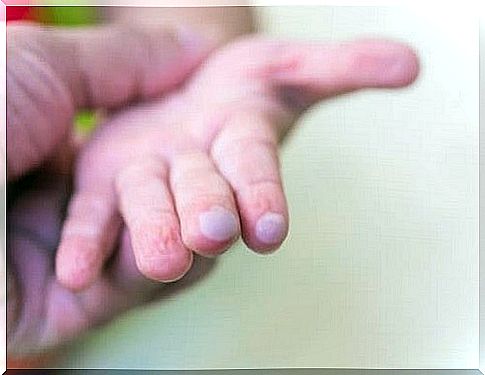
It is important to know how to help your children’s wounds heal from various accidents and injuries. Blisters in children are more common than you might just think. In this article, we will tell you how to treat them.
How blisters form
Blisters are basically a bubble of skin with or without fluid inside that occurs due to burn marks, friction, allergies or vaccinations. They can have different sizes and they can measure a few millimeters or several centimeters.
They are usually not dangerous, but they can be quite annoying – especially on the hands or feet. As a rule, there is pus inside that is moisturizing and which protects the new skin that is being formed underneath.
The primary problem is when they are punctured. When this happens, the blister can become inflamed when it comes in contact with dirt, plants, pets, etc.
Why do blisters occur in children? There are many different reasons for this, but some are more common than others. For example, if you have a pair of new shoes on, where the heel or toe rubs against the shoe, if you touch a very hot surface, or if you stay in the sun without being covered, you can get blisters.
Sometimes they can also be formed as a result of eczema, or if one has touched poisonous plants such as ivy or sumac. They can also be formed from certain diseases such as chickenpox and other skin infections.
Blisters in children: This is what you need to do
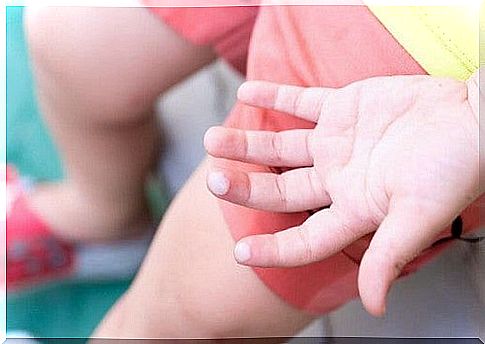
When blisters occur in children, be careful not to puncture them or cause pain.
A good way to protect them is to wear patches. Thereby, no inflammation can occur. This is not always easy, as children will usually want to remove the patch.
But it is important that there is no dirt in the blister. If you decide to use a patch, make sure you change it regularly before a bath and before bedtime.
Avoid puncturing the blister. The liquid will seep out and then it will no longer protect the new skin that forms underneath.
If the blister is larger than 7.5 cm, take your child to the doctor. If the fluid is not clean, or if strange pus comes out of the blister, also consult your child’s doctor so you can find out how to treat it.
Sometimes the doctor will use a scalpel to open up the blister and then he or she will apply antibiotic cream. Fortunately, this process does not cause pain. In addition, there must be a patch on the area, and the child must avoid letting dirt get into the blister – thereby avoiding infection.
How to prevent blisters in children
Care must be taken to prevent blisters in children. You should try to avoid accidents as much as possible. For example, do not walk away from the iron while it is on. Also, do not place pots of boiling water close to the edge of the kitchen table.
Children are very curious and they have no sense of danger. Therefore, they will touch anything that catches their attention without realizing that it is hot and can harm them.
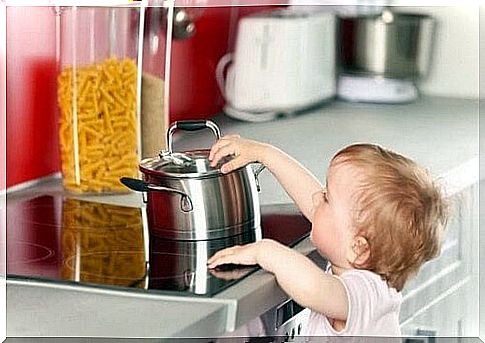
If you give your child a pair of new shoes, give him or her a pair of thin socks so they do not rub against the heel. It is a good idea to get patches on the areas that are prone to blisters.
When you go on holiday, be sure to use sunscreen with a factor of 50. Apply sunscreen every two hours – even on cloudy days, or if you do not go to the beach. The same goes for days by the pool or walks in the park.
It is true that you can not prevent blisters 100%, but with these tips you can reduce them. Do not forget to have an antibiotic and moisturizing cream on you in case the accident is out!
